02 Aug


Here’s the deal; puckering looks absolutely terrible and EVERYONE who embroiders or sews, cannot stand it! Not only beginners, but also embroiderers of more advance levels also sometimes suffer from embroidery puckering. But, it is completely okay! Such problems are bound to arise when you are busying yourselves with such a skill or a hobby. Just like always, we are here to guide you from the A to the Z of Embroidery Puckering! So, just sit back, stop worrying, and start reading!
Here’s all that you need to know about Embroidery Puckering!
What is Embroidery Puckering?
This is a case in which the question has the answer in it, really. Pucker means to gather, or to fold, or to form wrinkles. So, all in all, Embroidery Puckering refers to the situation in which, the fabric seems to gather or bunch around the thread and form wrinkles. This totally ruins up the design and the look of the whole piece. The material no longer stays flat and in shape. This is something that infuriates an embroiderer to the very core as it completely ruins the output. We all want to avoid puckering but we, really have to start from the nucleus.
What causes Puckering?
There could be many factors that are triggering the puckering in your embroidering process. Here are a few reasons why puckering takes place:
- Fabric is placed wrong during the process. Moving of the fabric causes puckering.
- The design you are using has a very high stitch count and the fabric cannot seem to support it.
- Hooping is done wrong.
- Stabilizer is not correctly placed.
- The Tension of the Machine is not correct.
- Incorrect needle used for the fabric.
- Incorrect thread used on the fabric.
- The Machine’s speed is way too fast.
- The Fabric (which needs shrinking beforehand) hasn’t been shrunk.
- The Machine’s missing marks because of poor maintenance.
- Poorly digitized Embroidery Design.
How to Prevent it?
First of all, you need to understand the different types of fabric, needles, stabilizers and threads so that you can get the idea what suits what. Remember that it is highly important to know which fabric needs to be sewn with which sort of needle and which fabric can bear what sort of thread. Trust me; a lot of the problems that come up in the first place are because, the essentials are out of tune with one and another. We have dedicated articles on each essential which are going to prepare you really well to get you through the first Preventive step!
This is what you need to do to prevent puckering!
- Learn about the different types of fabrics, needles, threads and stabilizers so that you understand what goes with what.
- Make sure that your machine is in a good condition, meaning that it has been properly oiled and maintained.
- Make sure the tension of the Machine is all right. If you do not know what this term is or how to adjust it, check out our guide on Tension.
- Shrink your fabrics beforehand!
- Pick the best matches of your essentials (See Bullet Number 1).
- Pay attention to the Hooping. The fabric should be properly hooped in a neutral position.
- Keep your fabric tight and straight. The Fabric should not move here and there while, you are embroidering on it.
- Slow down the Machine’s speed.
- Check if the timing of your machine is all well. If you do not know what this term is or how to adjust it, check out our guide on Timing.
Hey! Sometimes, it is not really your fault! Embroidery designs that are poorly or incorrectly digitized ALWAYS result in puckering up the project. You should only buy designs that are digitized expertly so, that you can have a great output.
Looking for An Expert Digitizing Team?
Team Falcon is a team of expert digitizers. You can buy designs or get your favourite original patterns, images, ideas or designs digitized now in a really amazing price! (Psst… they also give out freebies!)
These are all the reasons why puckering happens and what you can do best to prevent it. We cannot stress enough that poorly matched essentials (fabric, needles, stabilizers, threads) are mostly the reason why beginners go through puckering in the first place so make sure, you are well aware about the essentials! Well, we hope that you overcome the problem of puckering and start embroidering or sewing fast! It is okay to mess up and make mistakes; this is all a learning ground. We are here to help and assist you as best as we can.
Let your imagination run wild!
Have Fun Sewing & Embroidering!


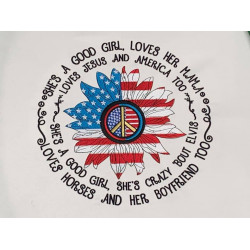
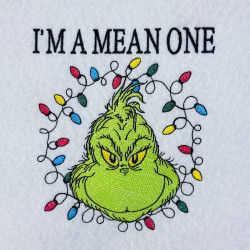
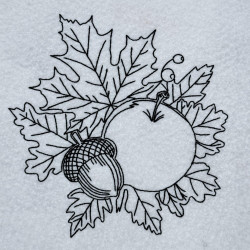

-250x250.png)
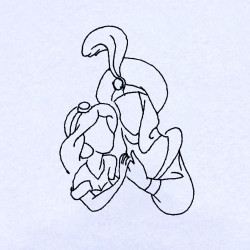

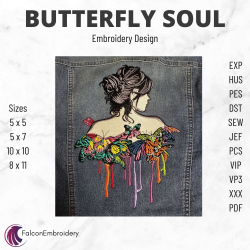
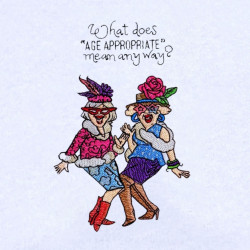
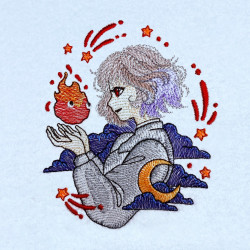
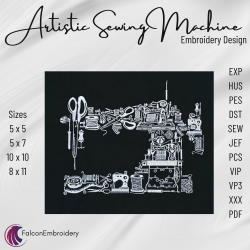
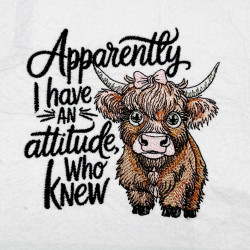


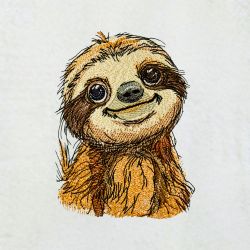
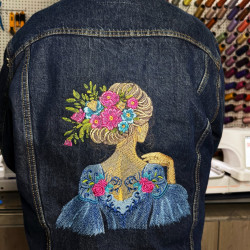
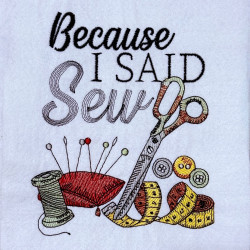

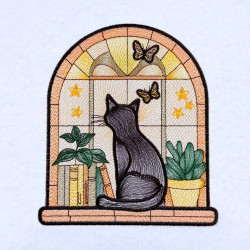
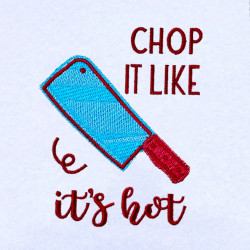
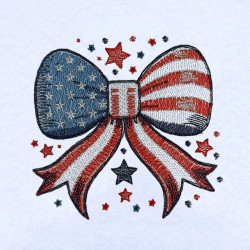
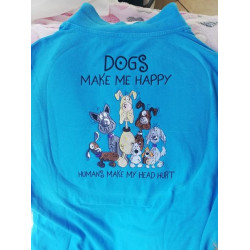

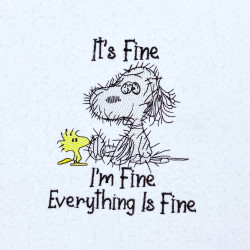





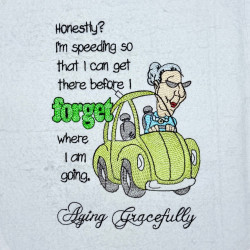
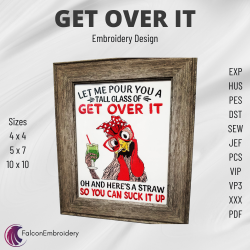
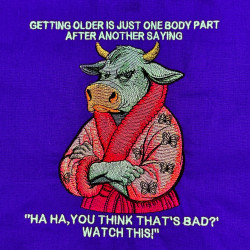
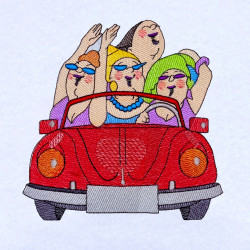
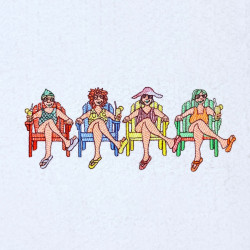

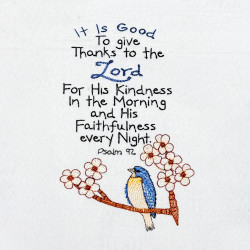
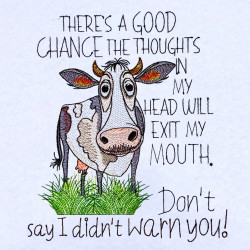
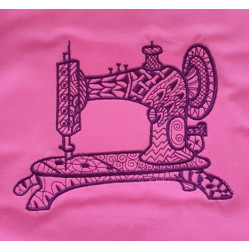

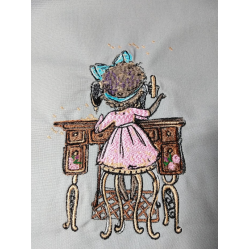
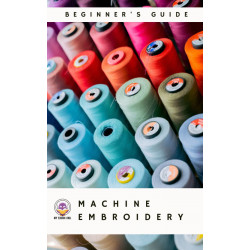
Leave a Comment